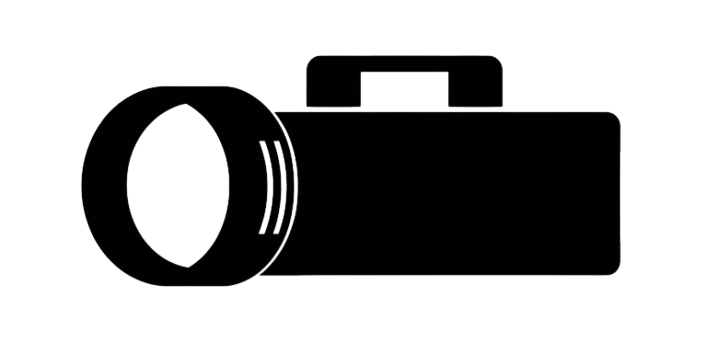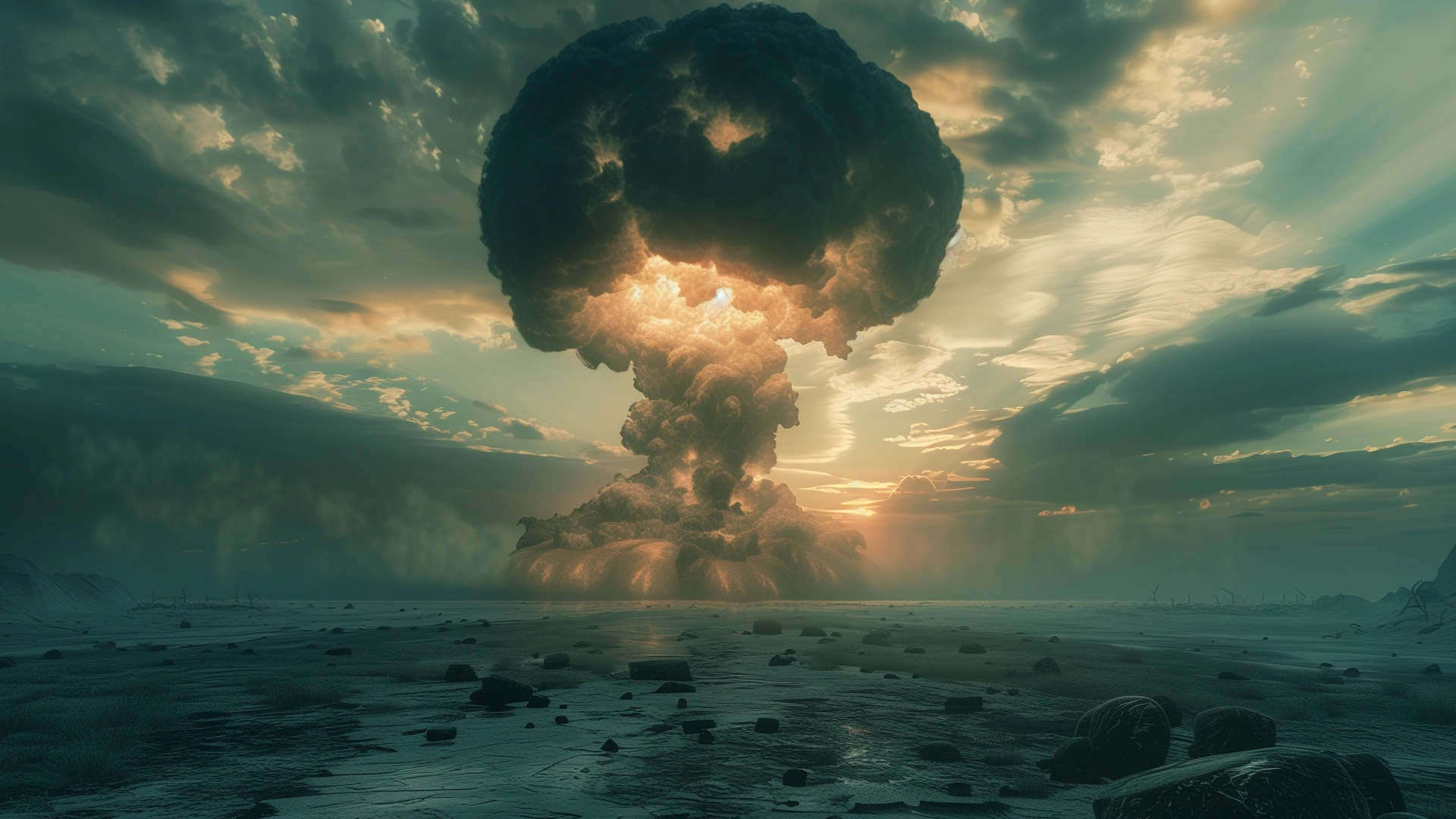Try to survive, and don’t forget your sunscreen
These are facts about “Little Boy,” the atomic bomb that fell on Hiroshima in 1945. First, there was a bright flash of light. Anyone who looked at it was temporarily or permanently blinded. Then came the heat wave: people within 2 km suffered severe burns, as if sunscreen would have helped at all. The shockwave blew away almost the entire city. Up to 1.5 km everything was flattened; between 1.5 and 3 km, buildings crumbled and thousands more died. And then came the black rain: radioactive dust that fell tens of kilometers away. Not refreshing, but deadly radiation that killed many or caused them to develop cancer later on. Believe me, this was anything but a vacation destination, even in the years that followed.
How you might not die
Imagine: an atomic bomb is fired at your country.
Don't panic. If you panic, you'll be dead before the bomb hits. For the people in the fireball or in the flash:
sorry. There is no salvation. You will evaporate, period. For the people who are between 1.5 and 4 kilometers away:
there is hope. Find a subway station, an underground garage, or —
if you're lucky and you live near a cave (or are already in one) — stay there.
Staying outside means burning alive or being crushed by the shock wave. Then comes the fallout.
Radioactive dust that poisons the air, the rain, and you. The only thing left to do is stay where you are.
Seal everything off and wait. The first twenty-four hours are deadly, the days after that are hardly any better.
Only after forty-eight hours is there a small chance that you can breathe outside again without breathing your death.
💡Extra comment: These potential survival rates and data are based on the facts that occurred in Hiroshima in 1945.
The atom-proof backpack
Are you 18, pregnant, breastfeeding—or all three at once?
Then iodine tablets are recommended to protect your thyroid gland from radiation.
You should also take water, some food, warm clothing, and a dynamo flashlight (EMP-proof).
An old cell phone can be useful: put it in a metal box with its battery, cable, and possibly a
power bank—this should reduce the pulse somewhat, although it is no guarantee. Add a radio, first aid kit, mask or cloth
to protect against fallout dust, some plastic and tape to seal gaps, and some hygiene items.
Finally, don't forget something to pass the time, such as a magazine – because even the end of the world creeps by slowly.
💡Extra tip: Do you still have one of those old metal boxes lying around (yes, even a Pokémon card box counts)?
Put a simple cell phone in it, preferably an old model such as a Nokia.
Remove the battery and wrap the device in paper or cloth.
The box will then act as a kind of Faraday cage and increase the chance that your device will survive an EMP.
Please note: a metal box theoretically acts as protection (Faraday cage), but there are no guarantees.
Your device has a better chance with it than without it.
Did you know?
The attack on Hiroshima in August 1945 killed around 78,000 people immediately,
with the death toll rising to approximately 140,000 by the end of that year.
In the decades that followed, tens of thousands more died from radiation sickness and cancer.
Some estimates, such as that of the municipality of Hiroshima in 2004,
therefore arrive at a total of approximately 237,000 victims.
And keep in mind: this was just an early atomic bomb of 15 kilotons from the 1940s.

